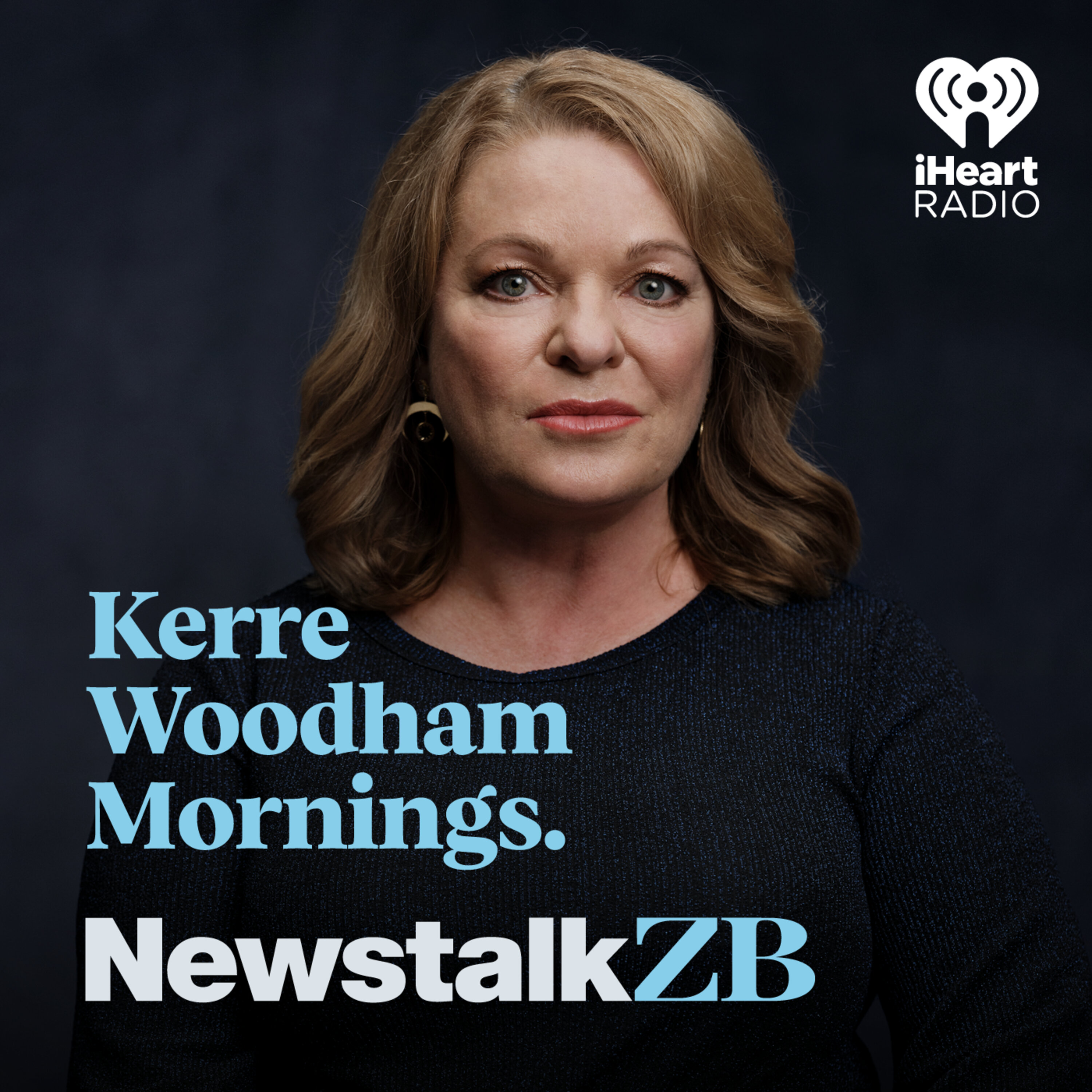Kerre Woodham: The burden of parenthood should be shared equally
Description
You have woken up to the news that New Zealand businesses can now take meaningful action to drive down the gender pay gap. You need no longer wait for governments to legislate – the power is in your hands. The launch of an online calculator to help do so was announced yesterday by the Minister for Women, Nicola Gregg. The previous Labour government announced plans last year before the election to require public and private companies with more than 250 workers to publish a gender pay gap report. Earlier in the year, Acting Minister for Women Louise Upston said the Government was committed to addressing inequity in the workplace, but she said “we do not want to overburden businesses with unnecessary costs and regulations.
So the Gender Pay Gap Toolkit was set up by working with businesses and organisations like Spark, ANZ, Tonkin + Taylor, to make sure it's user friendly and has a common methodology. It was also shaped and road tested, apparently, by many other organisations across the country, including Transpower, the Port of Auckland, Champions for Change, and Global Women. Although the pay gap has reduced steadily from 16.3% in 1998, its stuck at around 9 to 10% for the past decade, except for 2015/2016 when it hit 12%. So, it's come down a bit and now it's stabilised.
My colleague Heather du Plessis-Allan had a hot take on why the gap remained stubbornly in place, which she shared with her audience last night. It's up to women, she says, not employers to fix the gender pay gap:
“Here's my tip if you are a woman and you don't want to have a gender pay. Don't take maternity leave. Make the baby's father take the paternity leave and don't always be the one to stay home with the kids when the kids are sick, make the father stay at home with the kids when the kids are sick, because I think that is now part of our problem. We are literally, as women, a more unreliable workforce than men, because think about this: I mean this is brutal, but it's true, right? If you've got an equally qualified man and woman standing in front of you, let's say early 30s, married, but haven't had babies, are you going to hire the lady? Because I don't know about that.
“I'd look at the lady and go oh, she hasn't had babies yet, so now she can have babies, now she's going to want take a year off for every single baby. Now, when the babies sick, got a bit of a cough, the woman's going stay at home. She's unreliable. The guy is more reliable. Guy gets the job. Right. I know that this is hard, and I know we want it all in the modern age, right. We want heaps of money, we want all the big jobs, and we also want to be the ones who stay at home and raise the babies when they come out. But life is tough, and choices are tough, and I suspect women are going to have to start helping themselves a little bit here by getting the dads to do the heavy lifting too, instead of just complaining that life ain't fair.”
So she has a point. If you are going to take a couple of years out of the workforce to be the primary caregiver and you’re female, then you're going to have missed work opportunities, missed promotion opportunities, and that's just the way it is. If you're not around for two years, your employer can't gauge just how effective you are, how good at working you are.
At the same time, we all know the first three years of a child's life are vitally important. Every single child psychologist will tell you that. If you're given $100,000 to put towards your child's education, stay at home for the first three years or employ a primary caregiver to do the same. It just has to be a person who can talk to the baby, speak to the baby, take it out, stimulate it, and it has to be a kind of one-on-one relationship. A best practice according to child psychologists. Not always able to do that, we all just muddle along the best we can. I was back at work when my daughter was six weeks old. I hired a nurse, a young trainee, a graduate nu
More Episodes
Remember yesterday when we were talking about the declining rates of hazardous drinking among young people? Good news. And then so many of you positing that it's because they're popping pills and taking other drugs. Bad news. It looks like you might be right.
The 2024 New Zealand Drugs Trend...
Published 11/21/24
Published 11/21/24
Pros and cons in the latest NZ Health Survey.
Hazardous drinking rates have fallen from 20.4% in 2019 to 16.6% this year, and daily smoking rates have remained steady.
However, the number of daily vapers has increased from 33,000 to 480,000 over the past eight years.
Daily vaping has also...
Published 11/19/24


